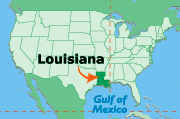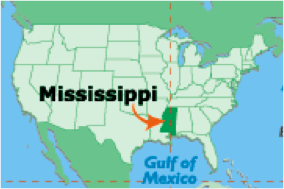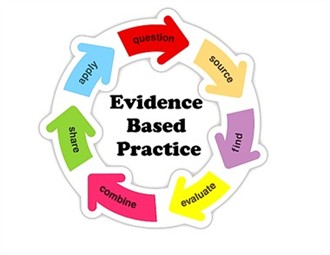 Creating goals with IFPS families can be challenging. Because I frequently hear concerns from IFPS staff about goal development, I’m focusing this post on how to create effective goals with the IFPS families.
Creating goals with IFPS families can be challenging. Because I frequently hear concerns from IFPS staff about goal development, I’m focusing this post on how to create effective goals with the IFPS families.
1. Before You Start
Many IFPS therapists find it helpful to write a “Statement of Need” before the goal setting meeting with the family. The Statement of Need helps you collect and compare your observations with information from the referring worker and the family. It’s a tool that helps you identify priorities and potential obstacles. It includes:
- your observation of the family situation,
- the problem(s) the referring worker identified,
- what changes the referring worker would like the family to make,
- what the family says they would like to change and
- the outcomes the family would like.
Sample Statement of Need:
The referring worker, Mr. D, reported that Ms. P is currently suffering from financial hardship (e.g., difficulty with paying her rent of $900 a month). He shared that Ms. P receives SSI in the amount of $1,500 a month and $ 900 in food stamps to meet the needs of her three children (Larry, Curly, and Moe). He stated that he would like for Ms. P to work on budgeting skills so that she can pay her rent on time. Ms. P shared that she is not having financial hardship; she just needs some assistance with budgeting her money. She stated that she shops a lot at the corner store because the supermarket is too far for her. She stated that she is behind in her rent because she needed to use the money to buy school clothes for her children. Ms. P shared that she goes out a lot to eat so that she can treat her children. Ms. P stated that she would like assistance with learning how to budget her money so that she can have money left over at the end of the month and pay her rent on time.
2. Statement of Goals: Defining behaviorally specific goals
Creating goals with families involves more than just writing the information on a flip chart. Keep the Statement of Need in mind as you and the family define the Statement of Goals. Assist families in prioritizing their goals. Remember, the goals should reflect the family that you are currently working with. They need to be realistic and achievable within the stated time frame depending on the families’ circumstances and abilities.
Each goal must be defined in behaviorally specific terms that reflects the family’s viewpoint, hopes and concerns. To set achievable goals with families you need to be SMART: Specific, Measurable, Achievable, Realistic and Timely.
Example: Ms. P will learn and use budgeting skills to manage her money so she can pay her rent on time.
3. Measurable Objectives: What you and the family intend to achieve
The Measurable Objectives should support what is written in the Statement of Need and relate directly to the Goal. Measurable Objectives focus on the behavioral changes within the family. The Measurable Objectives should be written in behaviorally specific terms and tailored to the family. It is important to specify a time frame for achieving each Measurable Objective.
Example: Ms. P will use a budgeting sheet to list her expenses on a daily basis. Week 2
4. Intervention Tasks: Your role in the family’s behavior change
When creating the goals, ensure the family understands the goals and measurable objectives, agrees to their value and is willing to work toward goal achievement with your help. Never force family members to participate in goal development.
It is important for you to clarify the steps you will take to assist the families in learning new skills and changing behaviors. Your intervention tasks can include a variety of intervention tools, designed for the specific family: the use of discussion, role play, “what if” scenarios, videos, therapeutic games, handouts, reading materials, etc.
Example: IFPS therapist will teach Ms. P how to list her expenses on the budgeting sheet using discussion, worksheet, and demonstration.
Review the goals weekly with the family to assess the families’ progress toward their goals; and their “motivation, capacity and opportunity.” Remember to always ask the client for their understanding concerning the goal (s) and what they have been taught. This gives you an opportunity to fine tune your intervention techniques, make the steps smaller and more achievable so that families are experiencing success.
_______________
Posted by Moneefah D. Jackson





